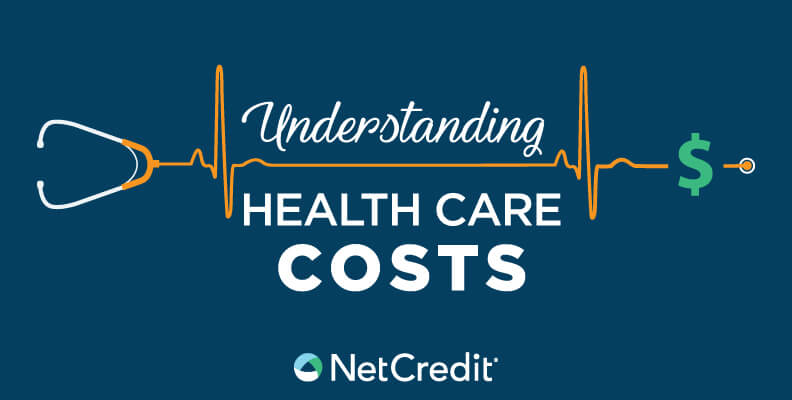For the past few years, one of the most talked about consumer issue has been the health care debate. Health care costs and health insurance coverage continue to be a concern for many legislators, politicians and individuals.
When President Obama took office in 2009, providing access to affordable health care for all Americans was at the very top of the administration’s priority list. The Affordable Care Act (often called Obamacare) was passed in late 2010 and has undergone multiple changes in the last six years. The Affordable Care Act doesn’t quite provide free health care, but it does require all citizens to buy health insurance coverage — with subsidies for individuals and families with low incomes.
Most Americans get their insurance from their employer, called “employer-paid” health insurance. According to the United States Census Bureau, almost half of all Americans get their health care coverage through their employer. Historically, employer-paid health coverage began as a way to entice workers from other employers. During World War II, employers had a hard time finding workers because the federal government prohibited companies from increasing pay to attract new employees. However, company benefits were not considered as wages so businesses began to get creative. They soon found that one of the best ways to attract new employees was to pay for their health care.
Almost 60 percent of all Americans in 2017 were insured by some sort of private plan either by purchasing insurance directly from an insurance company or getting it through their employer.
Just over 19 percent were covered by Medicare and 14 percent by Medicaid, while 2 percent were covered by the military, according to the Census Bureau. That leaves approximately 9 percent of Americans who were uninsured at the end of 2017.
Even with health insurance coverage, however, individuals and families still face out-of-pocket expenses for their health care.
For example, nearly all health insurance policies today involve a co-pay. A co-pay is a portion of the health care expense paid for by the insured, usually for visits to primary care physicians, specialists and clinics. Co-pays can vary depending upon the plan, but a common example of a co-pay is when a patient visits a doctor and pays the doctor $40 directly for the appointment. The insurance company will then pay the doctor the remaining amount for the visit not covered by the co-pay.
A health coverage plan will often also include a deductible, which is an amount the patient must first pay for health care before an insurance company will commence payments to the healthcare providers. An insurance policy with a $2,000 deductible, for example, requires that the insured pay the first $2,000 of medical bills in any one year before the insurance will pay for any health care expenses.
Those without health care usually must rely on government assistance, especially for medical treatments:
- Community clinics
The federal government already subsidizes community clinics in low-income and rural areas, which are tasked with providing primary care services for underserved neighborhoods and regions. - Emergency rooms
Hospitals are required to treat the sick or injured who show up in their emergency room, regardless of the patient’s ability to pay. They will still bill the patient and usually only provide enough treatment so as to stabilize the patient’s condition. - State hospitals
County and state hospitals are typically the primary option for uninsured individuals in need of major medical treatment. Subsidized by the state and federal government, county hospitals are required to bill patients for services, but they often charge much less and will accept any individuals, regardless of payment history or insurance coverage.






